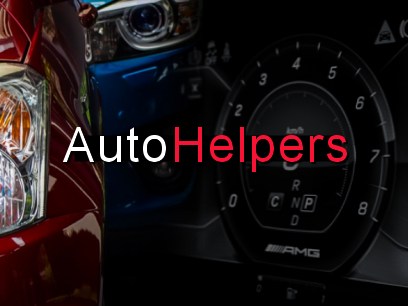How AI Is Impacting the Automotive Industry
[
BACK]
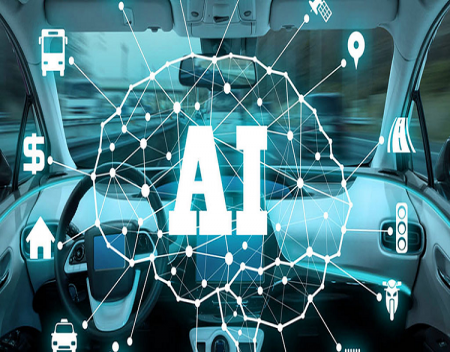
Posted On: March 28, 2022
AI applications help companies in the automotive industry to develop new offers and approaches. Because whether in production, service, sales, or marketing: the data forms the foundation for new, digital business processes.
What does it mean to have AI in cars?
Strictly speaking, there is no artificial intelligence with a kind of artificial brain in machines. True intelligence means, among other things, the formation of one’s consciousness. Machines can’t do that.
When we talk of AI, this means a sub-area of computer science that deals with machine learning. In general parlance, AI has established itself wherever computers solve increasingly complex tasks and provide the correct answers. In cars, these are currently speech computers and navigation systems. Instead of AI, one can also speak of machine learning or deep learning. Computer specialists develop programs to train cognitive abilities in car computers. This includes seeing, hearing, and making its own plans.
Automated driving for all
Artificial intelligence is the most crucial factor when it comes to automated driving. In the future, robot cars will have to decide how to drive and, above all, how to react in certain situations.
Should they brake or swerve in front of an obstacle? If a pedestrian steps onto the street at a zebra crossing, the car with its artificial intelligence has to recognize immediately – ideally beforehand – that the pedestrian wants to cross the road – and brake to a standstill.
But artificial intelligence is already being used in conventional, i.e., non-self-driving cars. With systems such as voice control, entertainment, or navigation systems, AI already supports the driver today, such as the MBUX system from Mercedes. The program can remember what day and time a car driver calls a specific person or drives a particular route. It then suggests the phone number or the street to the driver.
Natural speech recognition for infotainment control and image recognition for automatic traffic sign recognition, used in driver assistance systems, are also based on AI.
Autonomous driving is just one area where AI is expected to be used in the future. Other areas of application: In addition to improved voice and gesture control for operating the car, assistance systems should be able to work more thoroughly with AI. The Chinese manufacturer Byton is planning a vehicle unlocking system using facial recognition. Intelligent cockpits should use cameras to recognize which switches and buttons the driver wants to press next and then display them. The dashboard becomes switchless and tidier.
Can cars go to school?
Today’s vehicles are real nerds. Thanks to artificial intelligence, they calculate three times faster than humans. Let’s learn how AI makes the automotive industry more convenient and safer.
The future car will independently understand its environment and react correctly with AI-powered car computers. It will link all the information it collects and then decides. It will learn to use the stored automotive data to predict how a situation will develop. For example, if a ball rolls onto the street between parked cars, a child could run after it—the car brakes as a precaution.
Every car with an AI car computer will collect new data, for example, about the surrounding traffic, the condition of the road, or traffic obstructions, anonymously, in a massive database with every trip. From this data, situation models are created and stored in neural networks.
After the algorithms generated have been extensively tested, the knowledge is available to all smart cars. In every driving situation, the AI car computer will be able to draw on experience from millions of other cases to make the right decision in fractions of a second.
Clever eyes
With modern AI technologies, vehicles can recognize objects and, above all, the trafficable area at a distance of up to 50 meters. It records the surroundings in high resolution with 1,280 x 960 pixels – in 3D, strong contrasts, and color.
This is followed by the decisive next step: the AI car computer processes this image information at top speed. It combines it with other data collected from more than 40 sensors – for example, radar or ultrasonic signals – to form an overall image of the surroundings. Analysis shows that up to 90 percent of all accidents involving personal injury are due to human error. Automation could help here.
Brakes become more powerful.
Again, the AI car computer is the focus. It analyzes all data received from cameras or radar sensors, makes decisions based on the stored patterns, and then signals to the braking system. The car stops.
There are two independently functioning – redundant – braking systems in self-driving cars: the Electronic Stability Program (ESP) and the electromechanical brake booster iBooster. It only takes 192 milliseconds – less than two blinks of an eye – before full braking power is activated in the event of an emergency stop.
Blockchain in the automotive industry
Blockchain technology, to put it simply, is a permanently expandable list of records that are linked to each other. Encryption makes them very secure and enjoyable for the automotive industry. Updated in real-time, such extensive data sets of information are an absolute gold mine for the automotive parts industry. For instance, scientists could train AI computers to recognize the safest, most fuel-efficient, or the best-performing wheels and tires for every vehicle.
For example, Volkswagen is developing a system where the mileage can be precisely tracked and stored unchanged. This is to prevent manipulation. Porsche is working on a system that will provide specific drivers with an extra virtual key that they can use to use the car. Hackers and thieves without these keys would not be able to start the vehicle.
Will AI turn cars into robots?
Artificial intelligence is already at work in most cars with integrated navigation devices and almost all smartphones. The speech recognition of assistants like Siri or Alexa works with AI: It understands what a person says, then thinks and reacts to it with an action.
Route planners also use AI by taking different traffic volumes into account when planning an optimal route. This does not make them alien combat robots like the Terminator Hollywood series or the “Westworld” series. Machines are only as good as their programs and, therefore, their programmers. A machine will not develop its consciousness and will not be able to write programs itself.
Conclusion
Short update cycles, digital services, personalization – customer requirements have changed across all industries. Decision-makers put communication and production processes that have been established for decades to the test.
AI applications help companies in the automotive industry to develop new offers and approaches. Because whether in production, service, sales, or marketing, the data created here forms the foundation for new, digital business processes.
Reposted From Source: automotiveaddicts.com
[
BACK]

Posted On: March 28, 2022
AI applications help companies in the automotive industry to develop new offers and approaches. Because whether in production, service, sales, or marketing: the data forms the foundation for new, digital business processes.
What does it mean to have AI in cars?
Strictly speaking, there is no artificial intelligence with a kind of artificial brain in machines. True intelligence means, among other things, the formation of one’s consciousness. Machines can’t do that.
When we talk of AI, this means a sub-area of computer science that deals with machine learning. In general parlance, AI has established itself wherever computers solve increasingly complex tasks and provide the correct answers. In cars, these are currently speech computers and navigation systems. Instead of AI, one can also speak of machine learning or deep learning. Computer specialists develop programs to train cognitive abilities in car computers. This includes seeing, hearing, and making its own plans.
Automated driving for all
Artificial intelligence is the most crucial factor when it comes to automated driving. In the future, robot cars will have to decide how to drive and, above all, how to react in certain situations.
Should they brake or swerve in front of an obstacle? If a pedestrian steps onto the street at a zebra crossing, the car with its artificial intelligence has to recognize immediately – ideally beforehand – that the pedestrian wants to cross the road – and brake to a standstill.
But artificial intelligence is already being used in conventional, i.e., non-self-driving cars. With systems such as voice control, entertainment, or navigation systems, AI already supports the driver today, such as the MBUX system from Mercedes. The program can remember what day and time a car driver calls a specific person or drives a particular route. It then suggests the phone number or the street to the driver.
Natural speech recognition for infotainment control and image recognition for automatic traffic sign recognition, used in driver assistance systems, are also based on AI.
Autonomous driving is just one area where AI is expected to be used in the future. Other areas of application: In addition to improved voice and gesture control for operating the car, assistance systems should be able to work more thoroughly with AI. The Chinese manufacturer Byton is planning a vehicle unlocking system using facial recognition. Intelligent cockpits should use cameras to recognize which switches and buttons the driver wants to press next and then display them. The dashboard becomes switchless and tidier.
Can cars go to school?
Today’s vehicles are real nerds. Thanks to artificial intelligence, they calculate three times faster than humans. Let’s learn how AI makes the automotive industry more convenient and safer.
The future car will independently understand its environment and react correctly with AI-powered car computers. It will link all the information it collects and then decides. It will learn to use the stored automotive data to predict how a situation will develop. For example, if a ball rolls onto the street between parked cars, a child could run after it—the car brakes as a precaution.
Every car with an AI car computer will collect new data, for example, about the surrounding traffic, the condition of the road, or traffic obstructions, anonymously, in a massive database with every trip. From this data, situation models are created and stored in neural networks.
After the algorithms generated have been extensively tested, the knowledge is available to all smart cars. In every driving situation, the AI car computer will be able to draw on experience from millions of other cases to make the right decision in fractions of a second.
Clever eyes
With modern AI technologies, vehicles can recognize objects and, above all, the trafficable area at a distance of up to 50 meters. It records the surroundings in high resolution with 1,280 x 960 pixels – in 3D, strong contrasts, and color.
This is followed by the decisive next step: the AI car computer processes this image information at top speed. It combines it with other data collected from more than 40 sensors – for example, radar or ultrasonic signals – to form an overall image of the surroundings. Analysis shows that up to 90 percent of all accidents involving personal injury are due to human error. Automation could help here.
Brakes become more powerful.
Again, the AI car computer is the focus. It analyzes all data received from cameras or radar sensors, makes decisions based on the stored patterns, and then signals to the braking system. The car stops.
There are two independently functioning – redundant – braking systems in self-driving cars: the Electronic Stability Program (ESP) and the electromechanical brake booster iBooster. It only takes 192 milliseconds – less than two blinks of an eye – before full braking power is activated in the event of an emergency stop.
Blockchain in the automotive industry
Blockchain technology, to put it simply, is a permanently expandable list of records that are linked to each other. Encryption makes them very secure and enjoyable for the automotive industry. Updated in real-time, such extensive data sets of information are an absolute gold mine for the automotive parts industry. For instance, scientists could train AI computers to recognize the safest, most fuel-efficient, or the best-performing wheels and tires for every vehicle.
For example, Volkswagen is developing a system where the mileage can be precisely tracked and stored unchanged. This is to prevent manipulation. Porsche is working on a system that will provide specific drivers with an extra virtual key that they can use to use the car. Hackers and thieves without these keys would not be able to start the vehicle.
Will AI turn cars into robots?
Artificial intelligence is already at work in most cars with integrated navigation devices and almost all smartphones. The speech recognition of assistants like Siri or Alexa works with AI: It understands what a person says, then thinks and reacts to it with an action.
Route planners also use AI by taking different traffic volumes into account when planning an optimal route. This does not make them alien combat robots like the Terminator Hollywood series or the “Westworld” series. Machines are only as good as their programs and, therefore, their programmers. A machine will not develop its consciousness and will not be able to write programs itself.
Conclusion
Short update cycles, digital services, personalization – customer requirements have changed across all industries. Decision-makers put communication and production processes that have been established for decades to the test.
AI applications help companies in the automotive industry to develop new offers and approaches. Because whether in production, service, sales, or marketing, the data created here forms the foundation for new, digital business processes.
Reposted From Source: automotiveaddicts.com
[
BACK]
Jim Cramer Would Buy Ford Stock Over Tesla Any Day
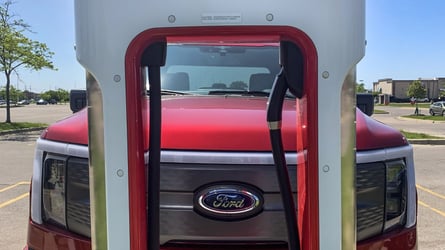
Posted On: July 3, 2023
Former hedge fund manager and current TV personality Jim Cramer is no stranger to controversial stock market predictions, and his latest one will definitely raise a few eyebrows.
The host of CNBC&#...[
More]
2024 Cadillac Escalade spy shots: Minor update on the way
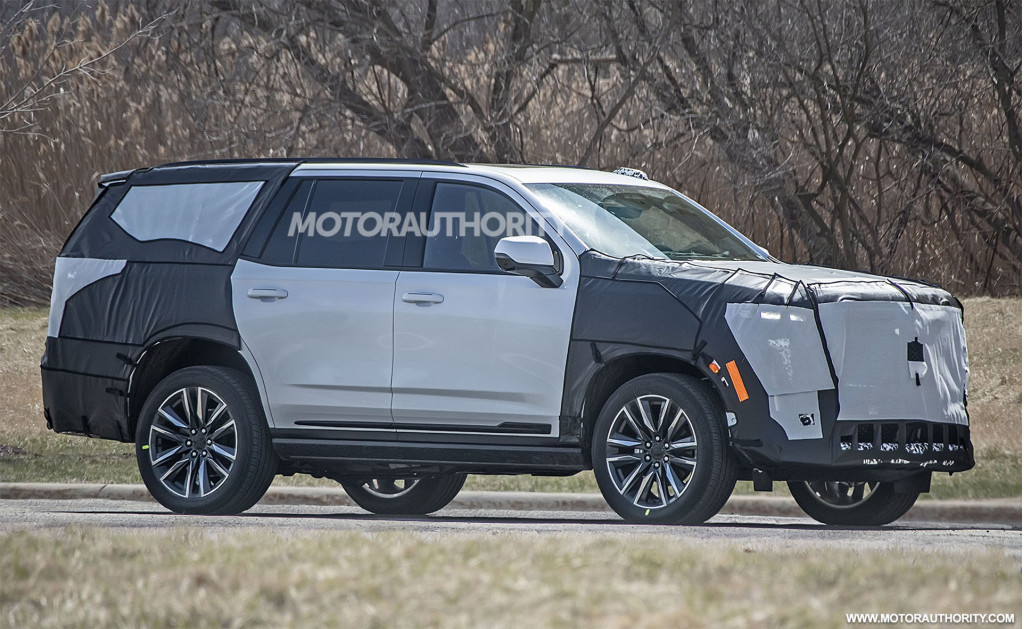
Posted On: April 26, 2022
Cadillac is preparing a mild update for the Escalade, judging by a camouflaged prototype spotted in the wild.
The current generation of the full-size, body-on-frame luxury SUV arrived for the 2021 mod...[
More]
Tesla Model Y-backed ride service start operations in Downtown Tampa
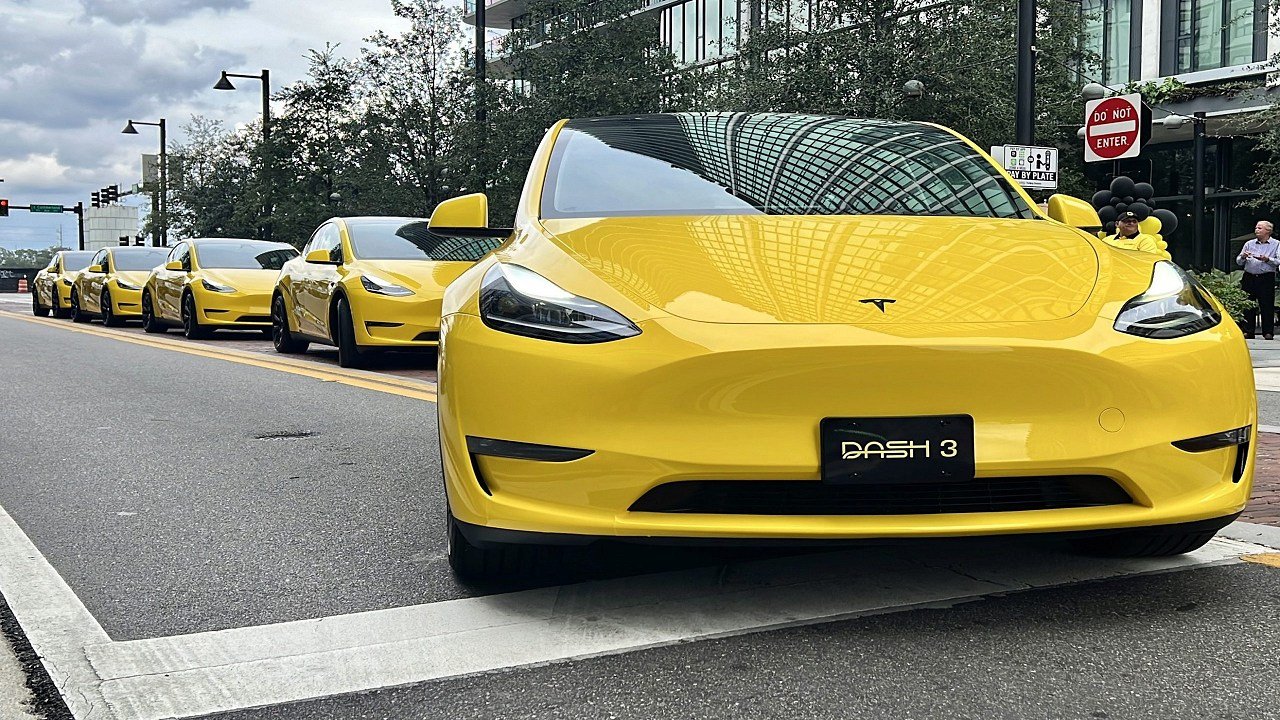
Posted On: October 13, 2023
The Tesla Model Y is the face of the DASH ride service.
The service is now available for customers in Downtown Tampa.
The Tesla-powered ride service makes transit in Downtown Tamp affo...[
More]
Tesla Model 3 Highland trial production delivery date rumors swirl in China
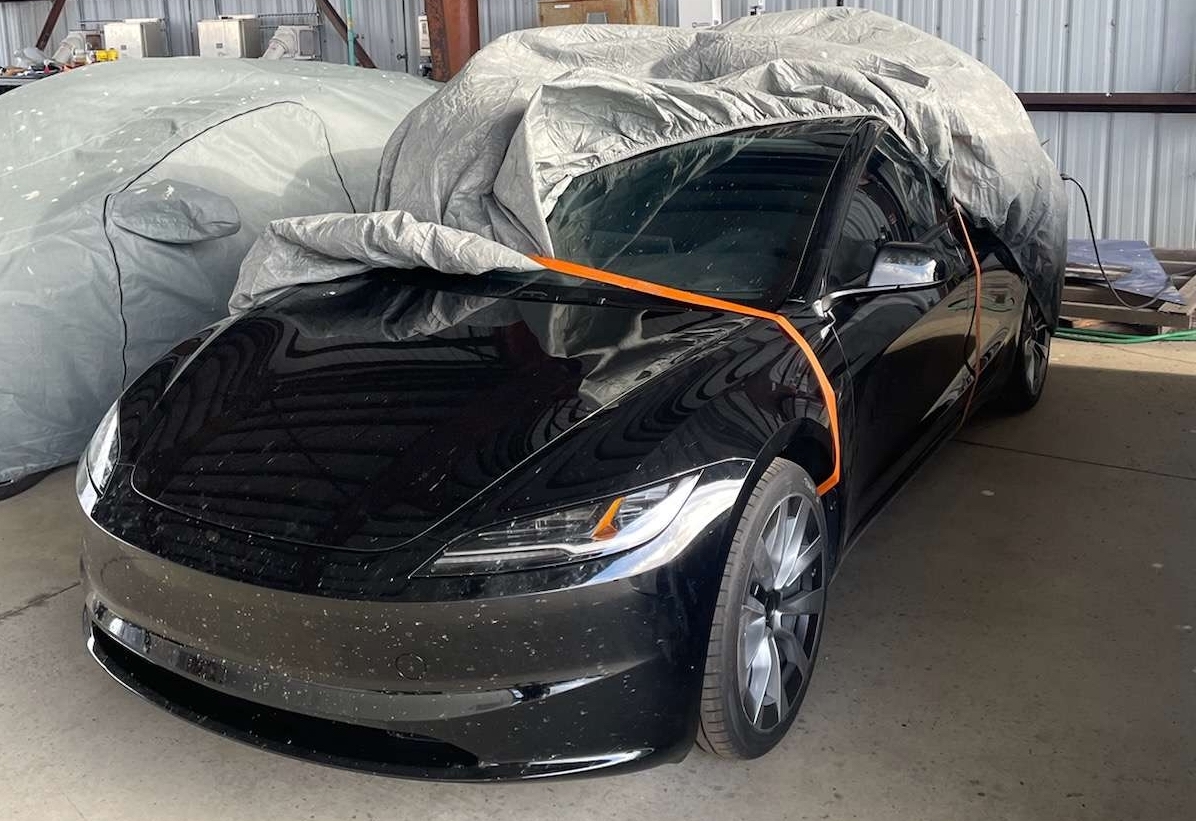
Posted On: August 7, 2023
Rumors of Tesla's redesigned Model 3, known as "Highland," are continuing to swirl in China, and there are even indications that the vehicle has already started to be built and deliverie...[
More]
Fords Latest Recall Is Small But Serious
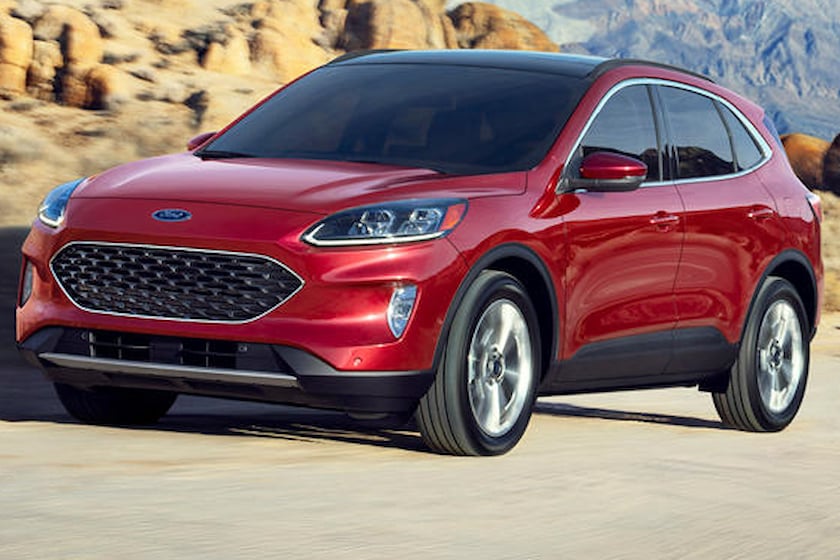
Posted On: March 27, 2022
When it comes to recalls, the Ford Motor Company hasn't had the best luck. Just recently, the Blue Oval has had to recall around 281,000 F-150, Navigator, and Expedition models, due to a brake master ...[
More]
Rivian R1S 2023 Lamborghini Aventador successor 2023 Hyundai Ioniq 5 N: The Week In Reverse
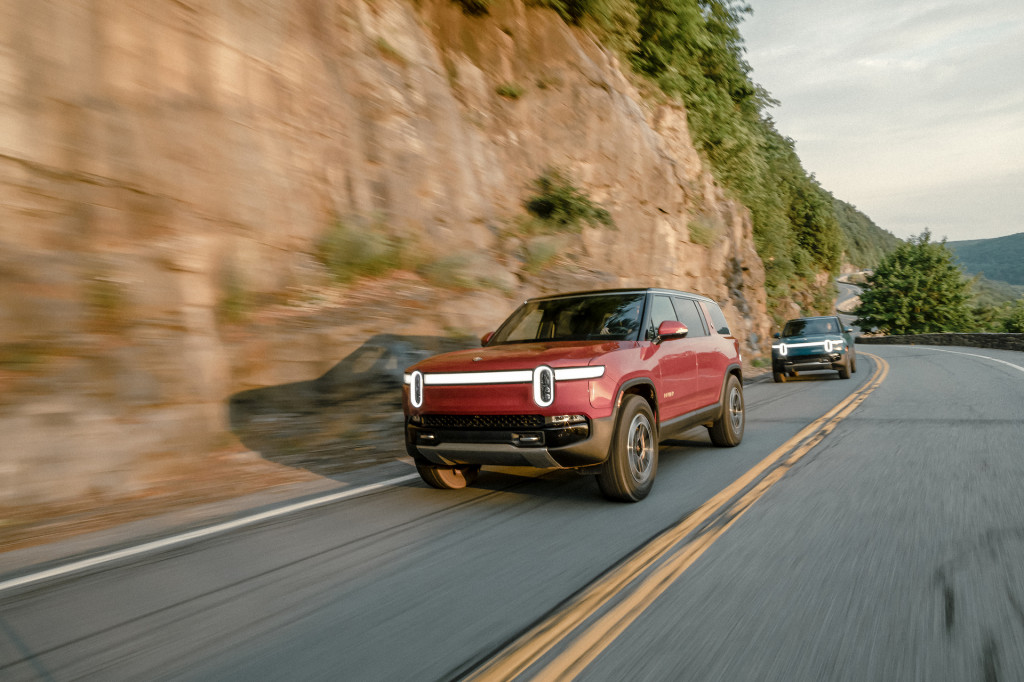
Posted On: July 8, 2022
We drove the 2023 Rivian R1S, we spotted the 2023 Lamborghini Aventador successor, and Hyundai teased the 2023 Ioniq 5 N. It's the Week in Reverse, right here at Motor Authority.
We got our first stin...[
More]
Honda Civic Proves America Still Loves Compact Cars
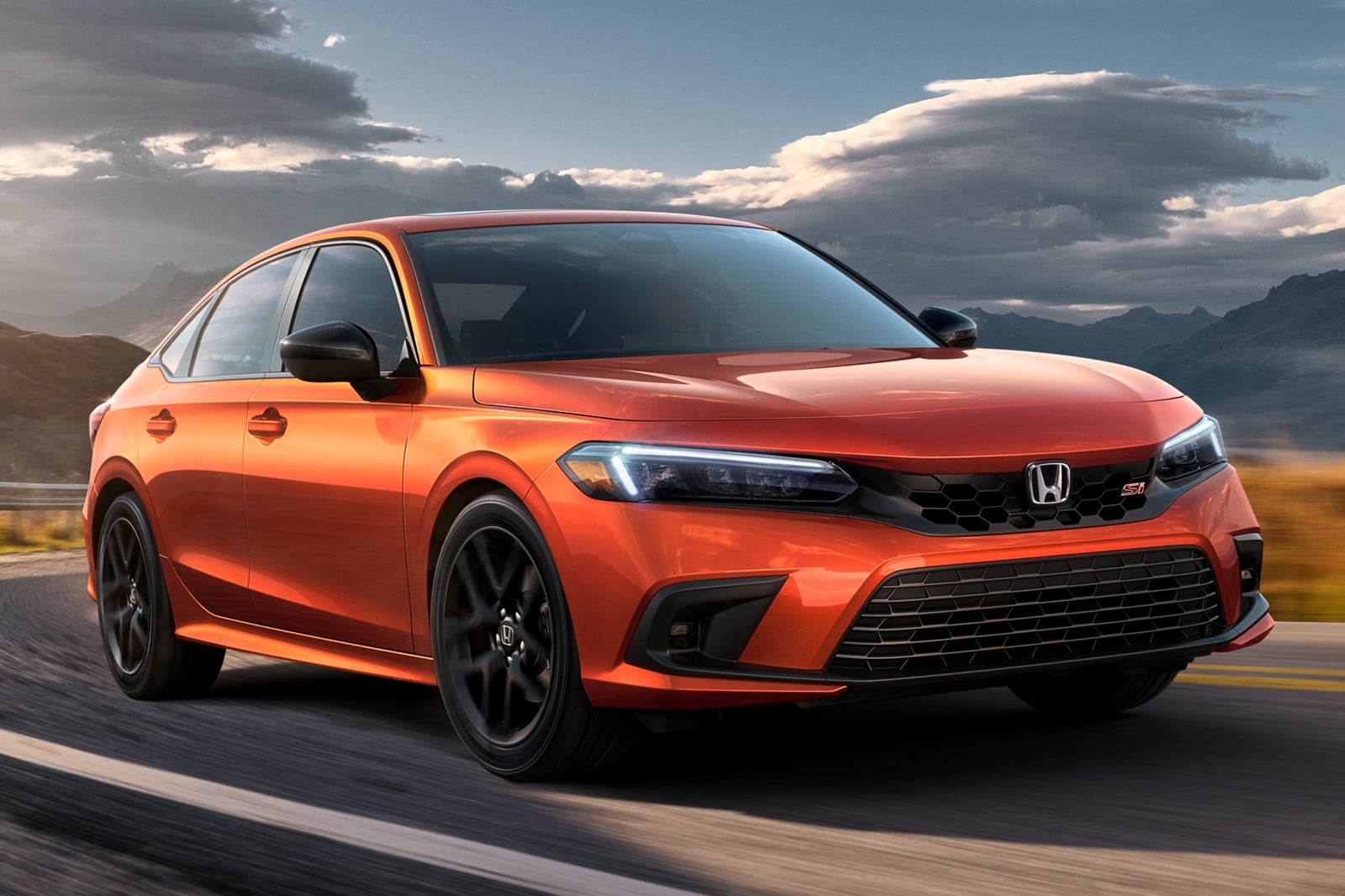
Posted On: February 11, 2022
What do Ford, GM, and Stellantis all have in common? They lack compact sedans in their respective lineups. Was killing sedans like the Focus and Cruze the right thing to do? For their automakers, prob...[
More]
New Hyundai N models teased debuts for July 15
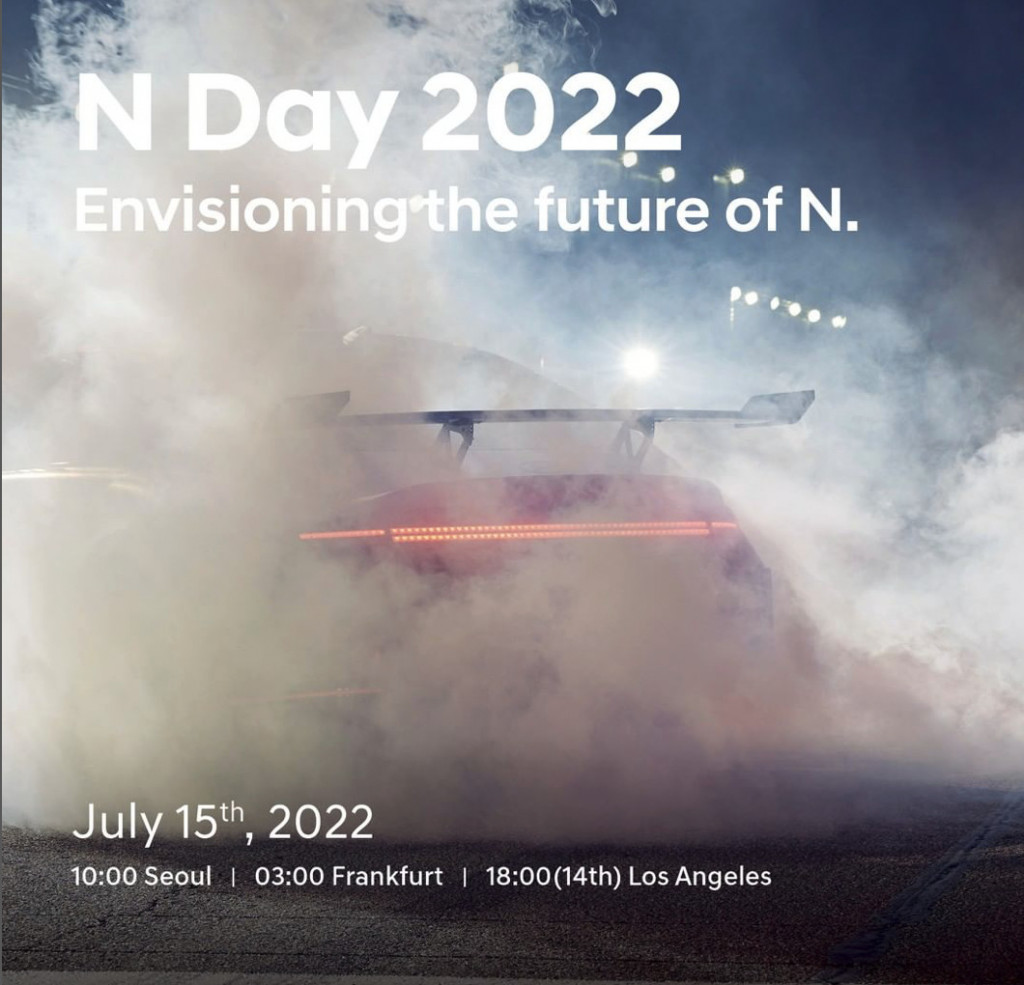
Posted On: July 7, 2022
The Hyundai N model line is about to expand, again.
On Monday, Hyundai teased three upcoming N models on its global N Instagram account. The teasers are part of the automaker's N Day announcement, whi...[
More]
Tesla Giga Shanghai Has Returned to 100 Percent Capacity
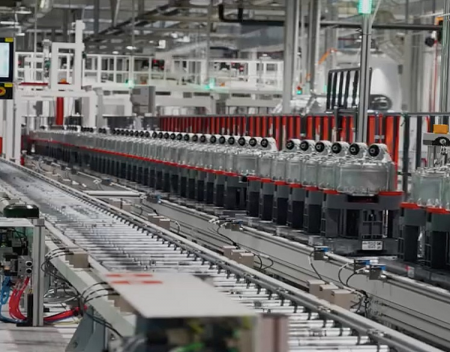
Posted On: June 12, 2022
It was a challenging task, but Tesla China has reportedly done it. Gigafactory Shanghai has returned to 100% capacity utilization. This should allow Tesla to end the second quarter on a high note in C...[
More]
Tesla Again Offering Cybertruck Discounts
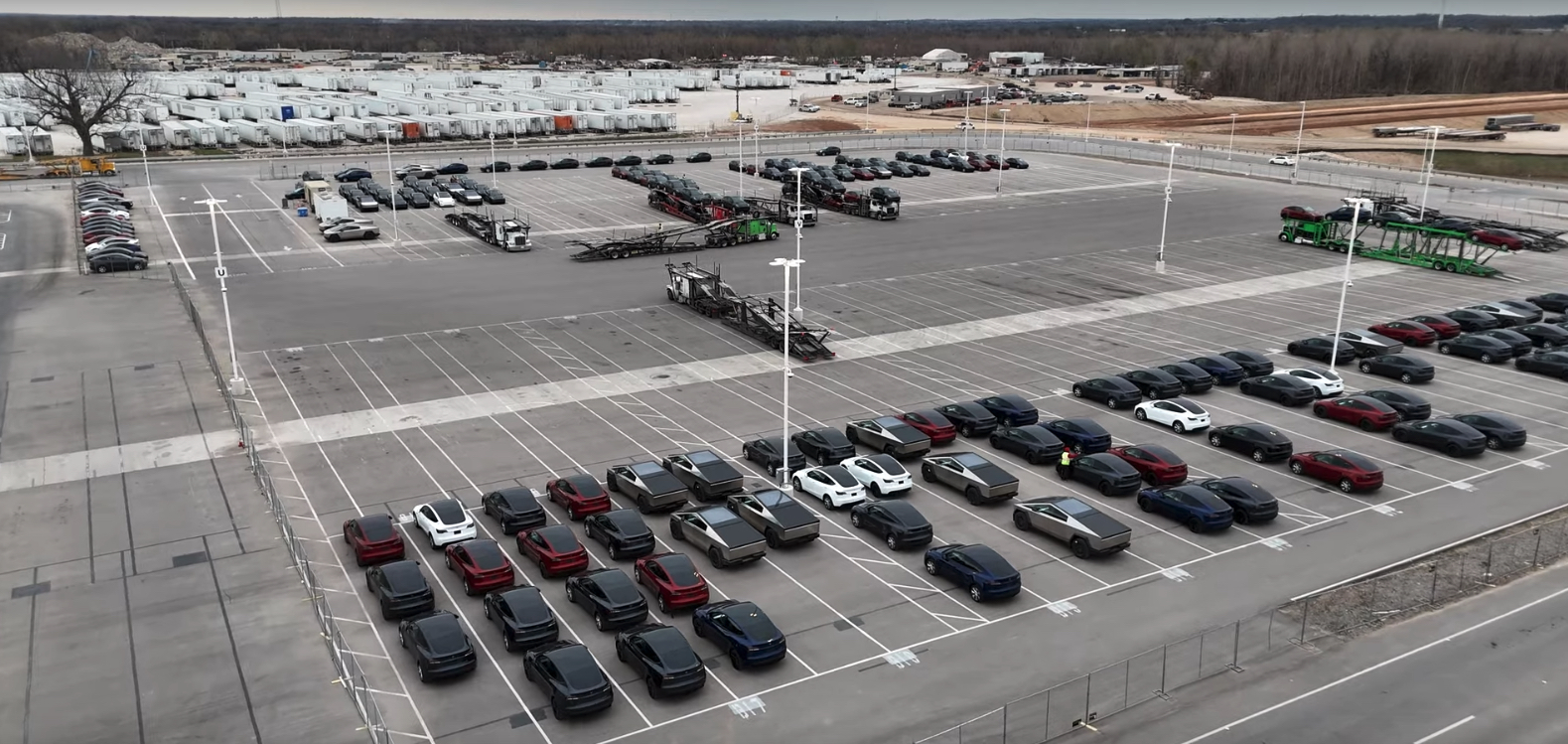
Posted On: February 3, 2024
Tesla has re-introduced a discount on new vehicle purchases for those who have an early Cybertruck reservation, once again offering $1,000 off of the purchase or leasing price of certain models.
Af...[
More]













